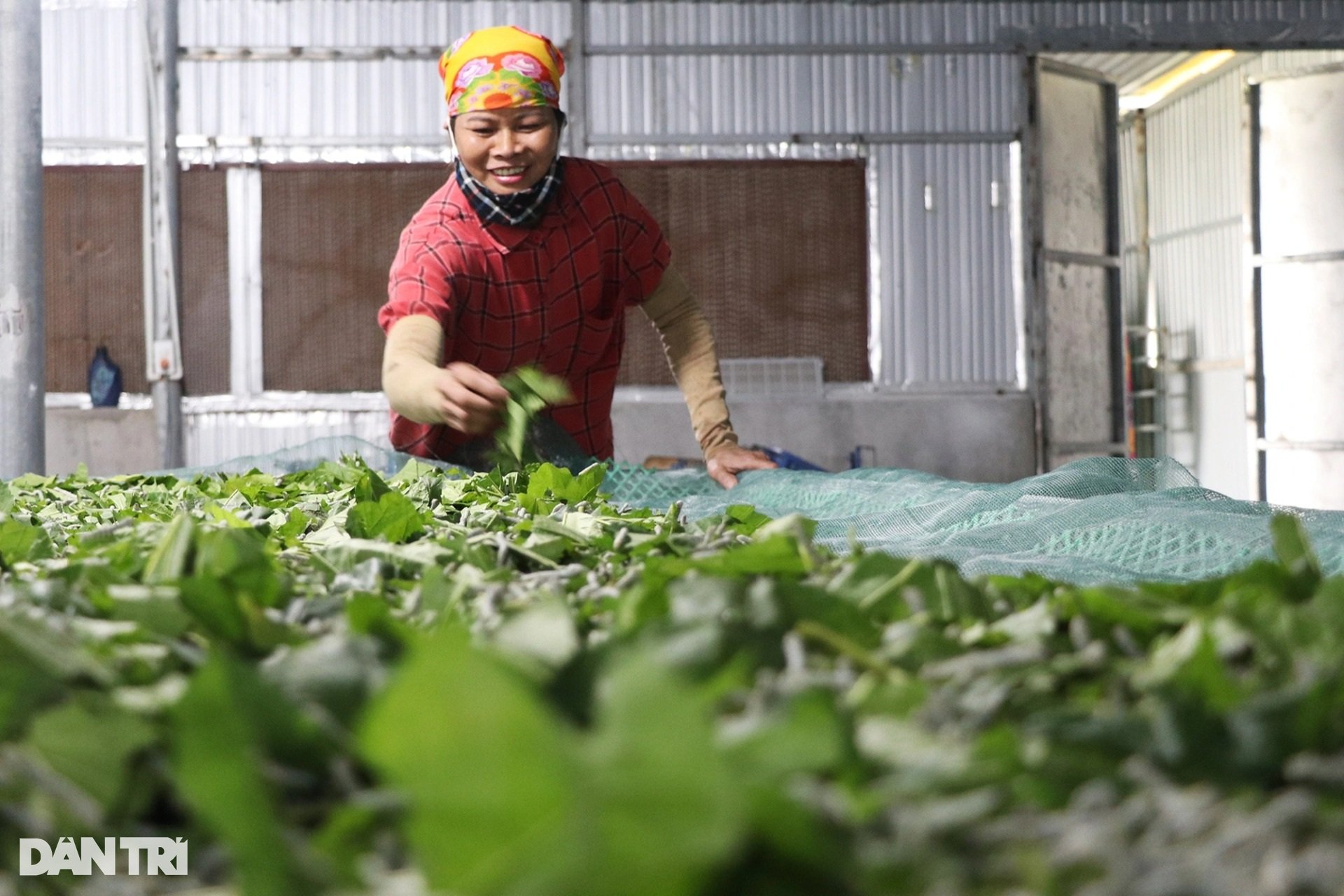
The silkworm farming industry in Khanh Son commune (Nam Dan, Nghe An ) has been flourishing since the 70s of the last century. At that time, many households here grew mulberry, raised silkworms... imported cocoons or spun silk for textile factories in and outside the province.
However, with the development of the market economy , industrial fabrics gradually dominated, leading to difficulties in the silk weaving industry, causing the silkworm farming here to gradually decline. Up to now, the number of silkworm farmers in Khanh Son commune can be counted on the fingers, mainly raising golden silkworms for food processing.
In 2020, Dong Tien Mulberry Agricultural Cooperative was established and became the first and only enterprise here to raise silkworms on an industrial scale. 3 years after its establishment, this concentrated silkworm farming model, considered the largest in the North, has begun to prove its effectiveness.
Compound interest from raising difficult children, sleeping in air conditioning (Video: Hoang Lam).
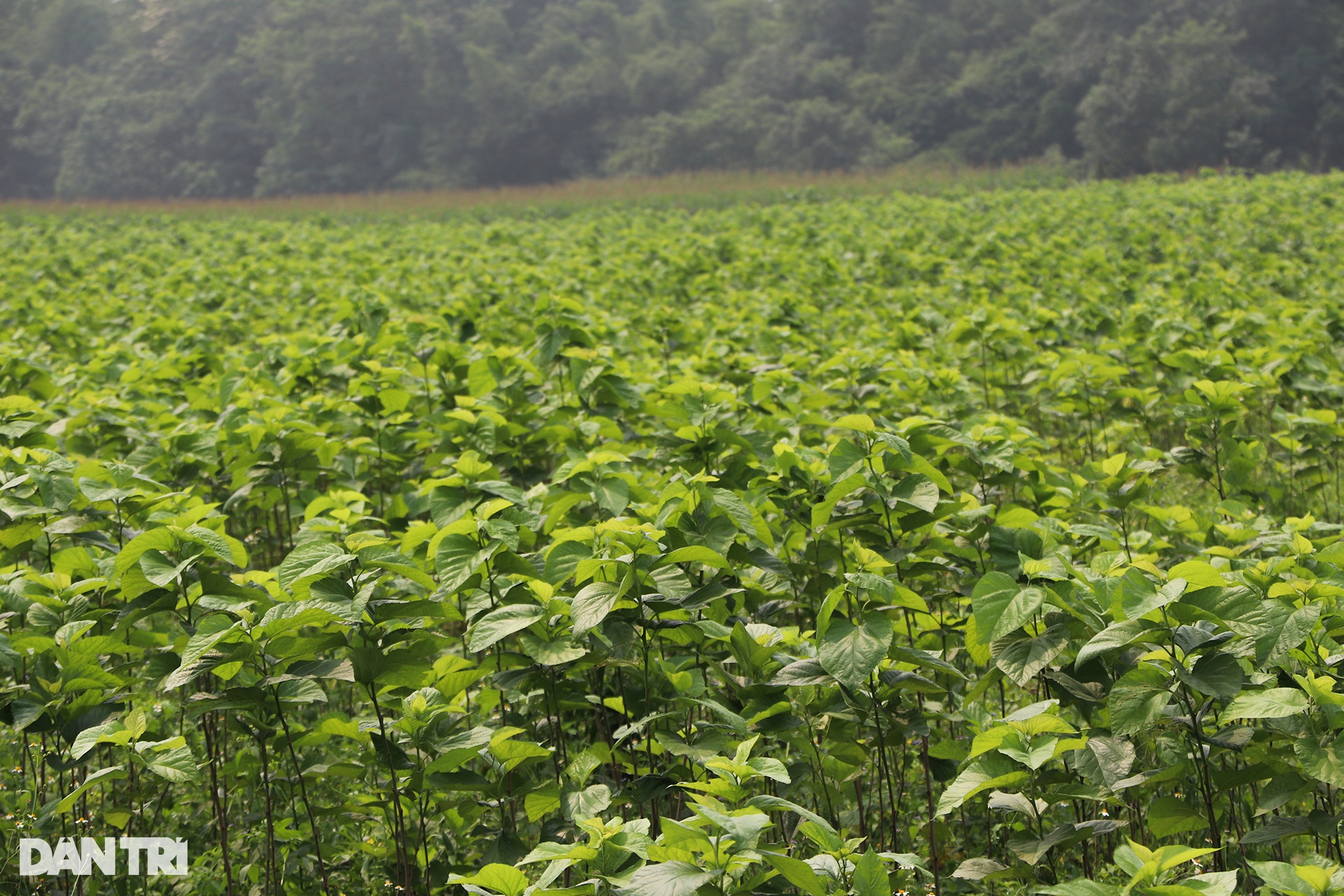
The old and degraded native mulberry varieties have been replaced by two new varieties, suitable for the weather and soil conditions here, especially this mulberry variety has large leaves, so the yield per unit area is much larger than the native mulberry varieties. The planting and care of mulberry is completely according to clean production processes because silkworms are very sensitive and "difficult" species.
On the Lam River alluvial plains, green mulberry fields with a total area of 20 hectares have been formed.
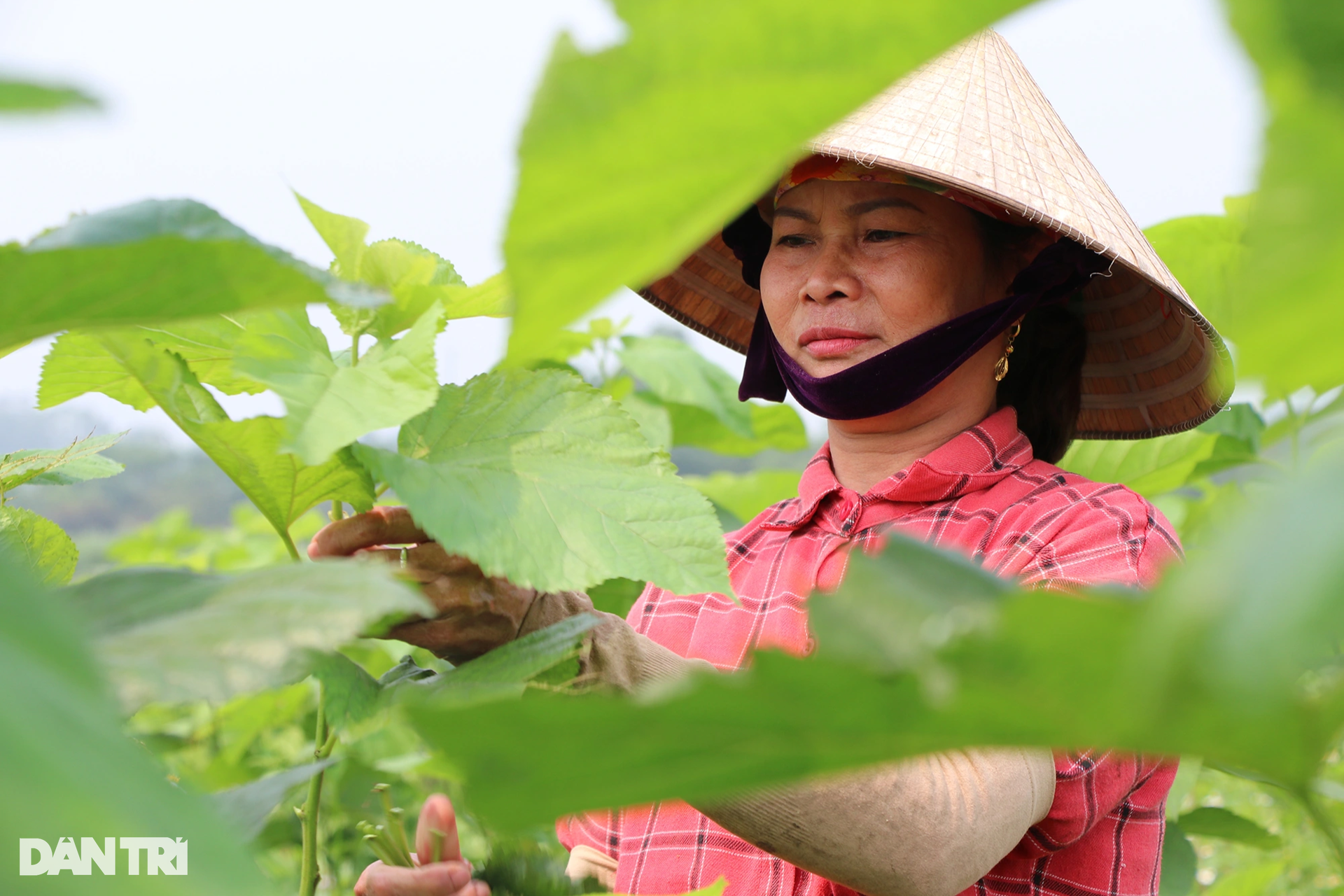
According to Ms. Ha Thi Tinh (53 years old, resident of Khanh Son commune), silkworms are very picky eaters. Mulberry leaves used as food for silkworms must not be wet with rainwater, dew, or dried out.
"To harvest mulberry leaves, you have to wait until the dew has dried, because if the leaves are wet, the silkworms will get stomach aches. If the weather is forecast to rain, you have to harvest the leaves before it rains, then cover the fabric and spray them with mist. Mulberry leaves dry very quickly, and silkworms will "reject" dry leaves, so after harvesting, you have to slice and cut them so the silkworms can eat them right away," said Ms. Tinh.
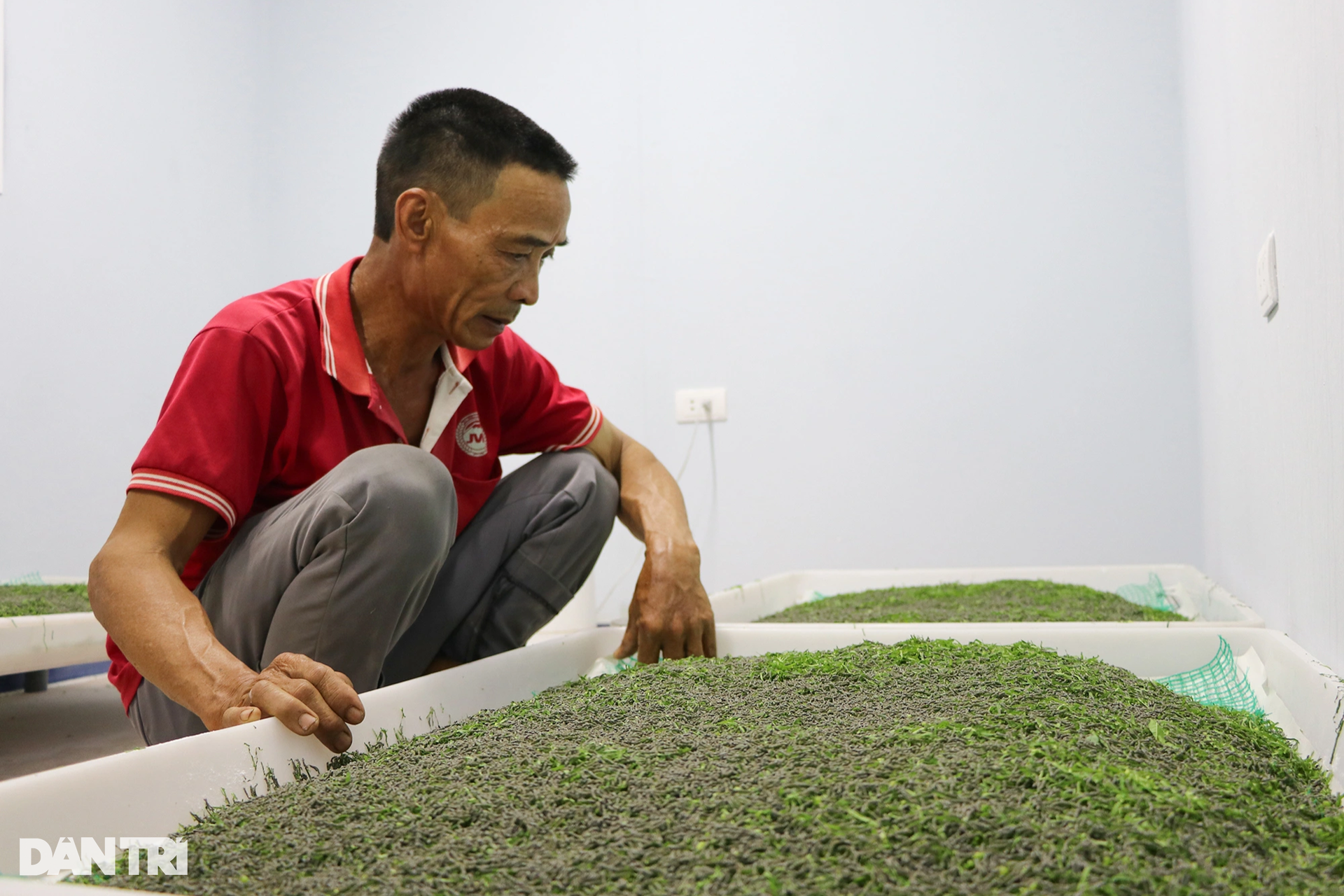
The silkworm breeds used for raising are imported by the cooperative from abroad. This is a white silkworm breed, able to withstand the harsh climate, cold winters, hot summers in Nghe An and has good silk quality.
Silkworms grow through 5 stages, each stage lasts 2-3 days, and each molt adds another year to the silkworm's life. Care, temperature adjustment, and food preparation must depend on the age of the silkworm.
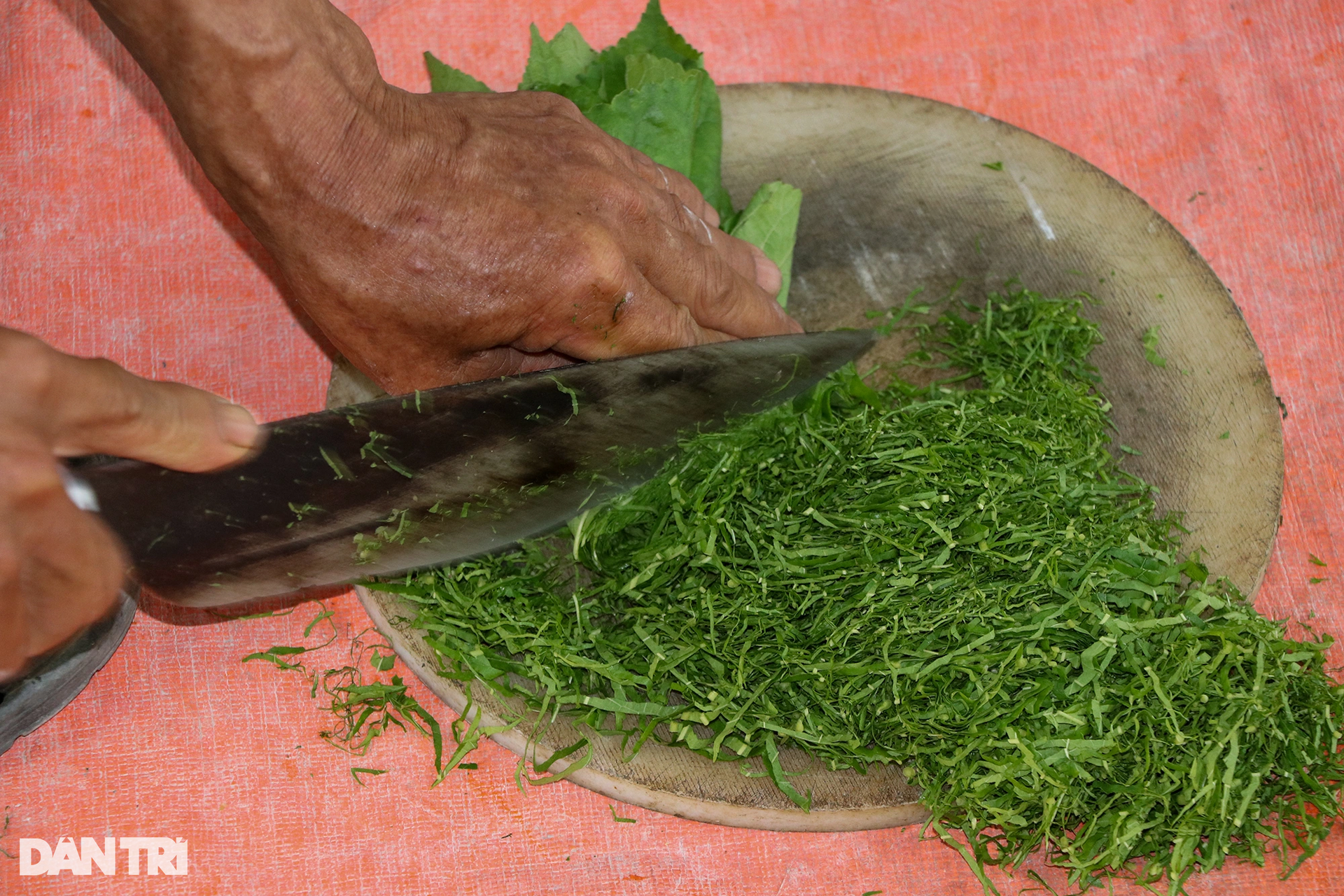
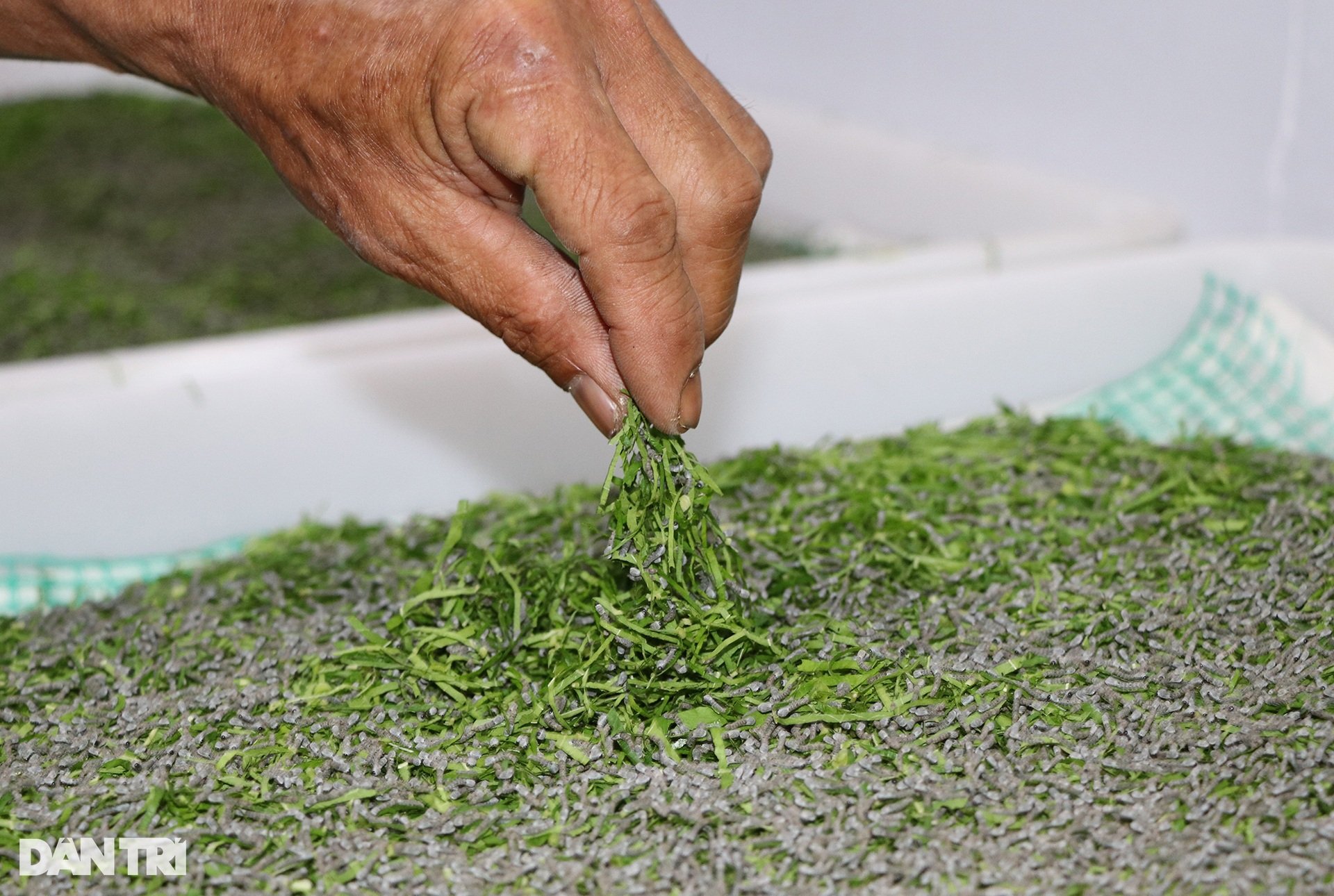
After incubation, silkworm eggs are placed in a separate area with strict environmental standards. Silkworm food at this stage must be cut into small pieces and always ensure freshness.
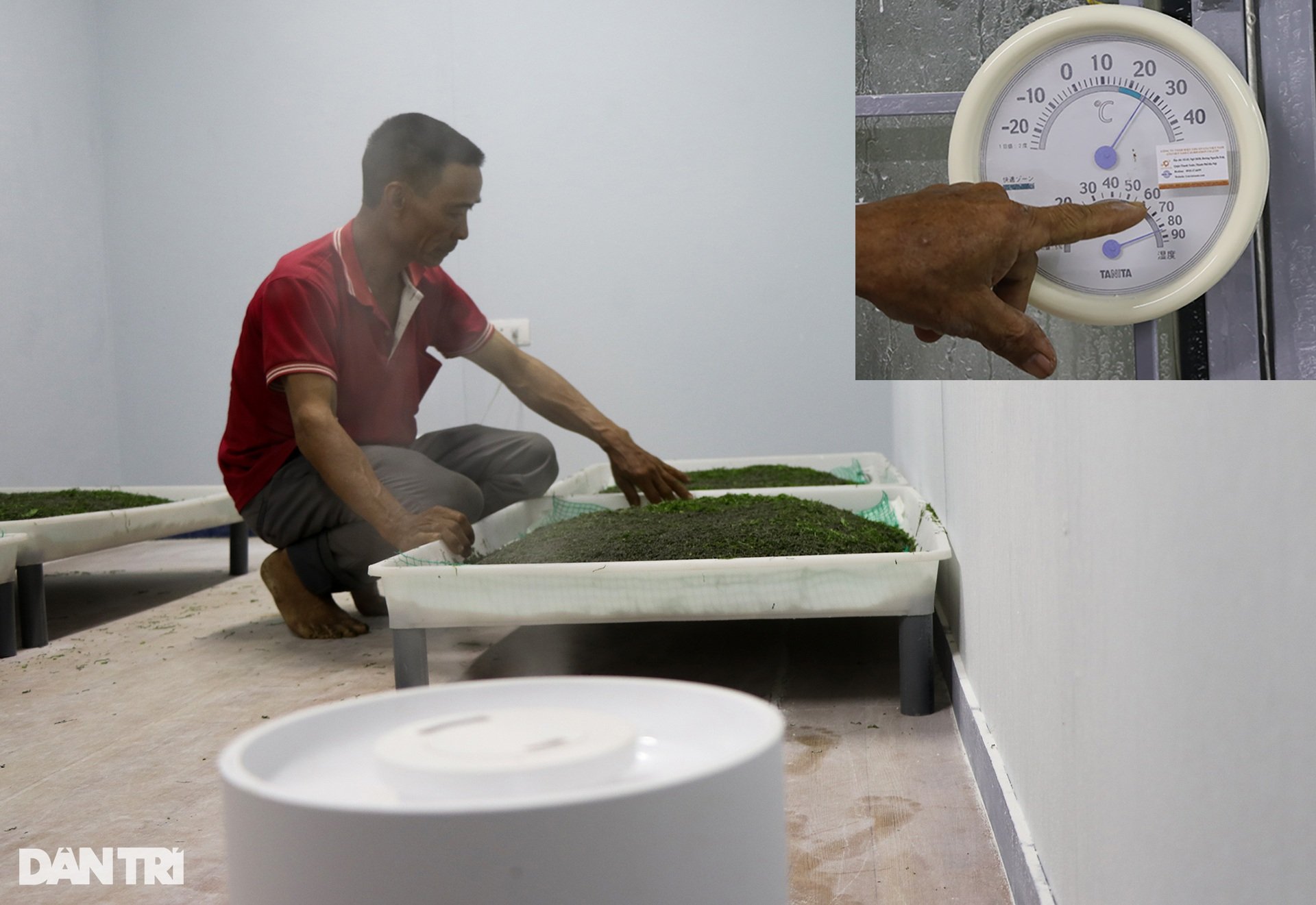
According to Mr. Dinh Van Duong (56 years old), the person assigned to take care of silkworms in the first stage, in addition to providing standard food, it is necessary to ensure a suitable living environment for the silkworms.
"At this stage, the room temperature must be at 25-27 degrees Celsius, humidity 80-85%. In addition to installing air conditioning to maintain the temperature, there must always be a mist sprayer in the room to create humidity," said Mr. Duong.
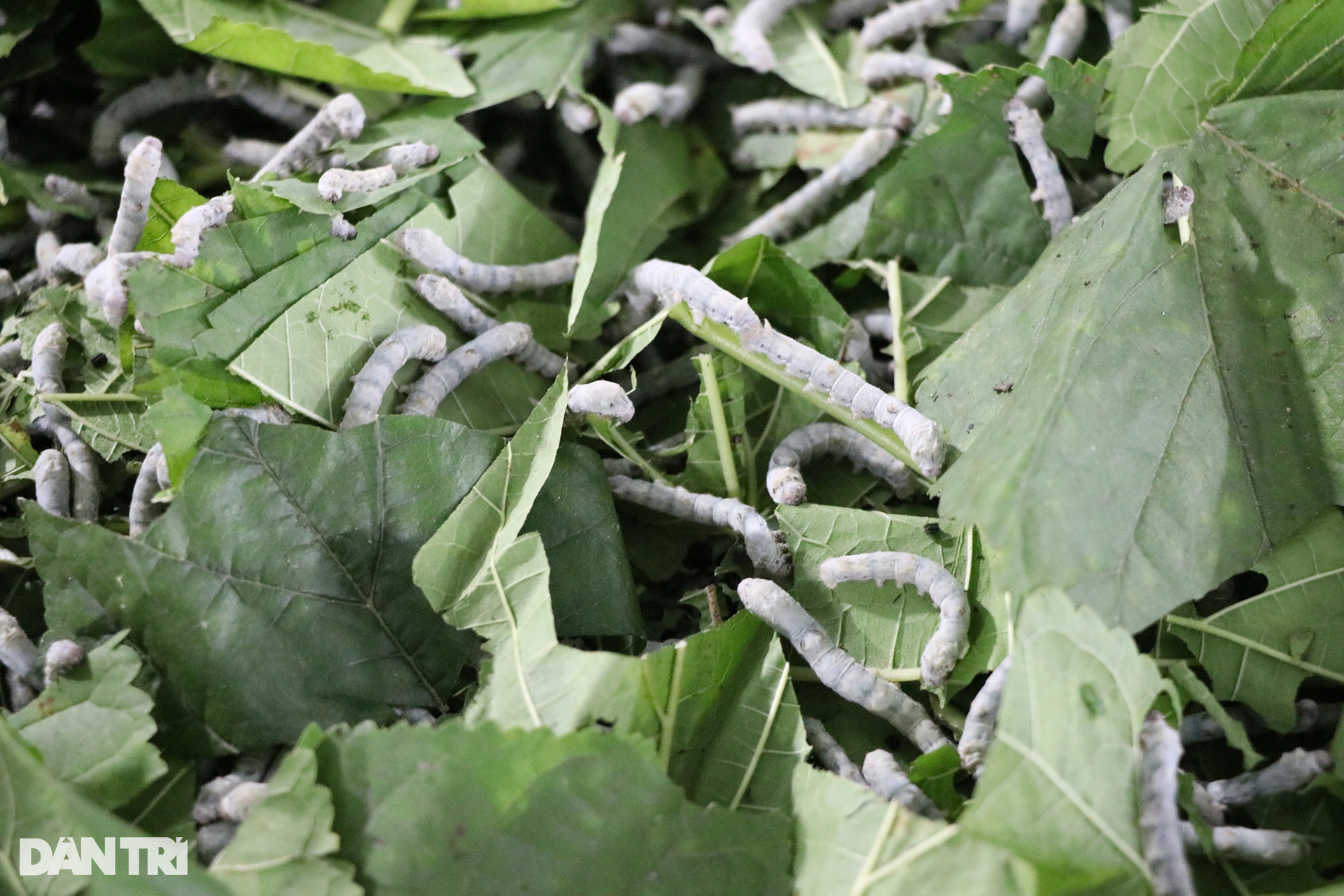
Each time they molt, the silkworms will grow a year older, each year lasting 2-3 days. When the silkworms reach the first age, they no longer need to cut the mulberry leaves into thin strips, but can use a cutting machine to cut them into half-hand-sized pieces. From the second age onwards, the silkworms eat a lot of mulberry leaves. During the "silkworms eat idle food" stage, workers must continuously supplement the silkworms' food.
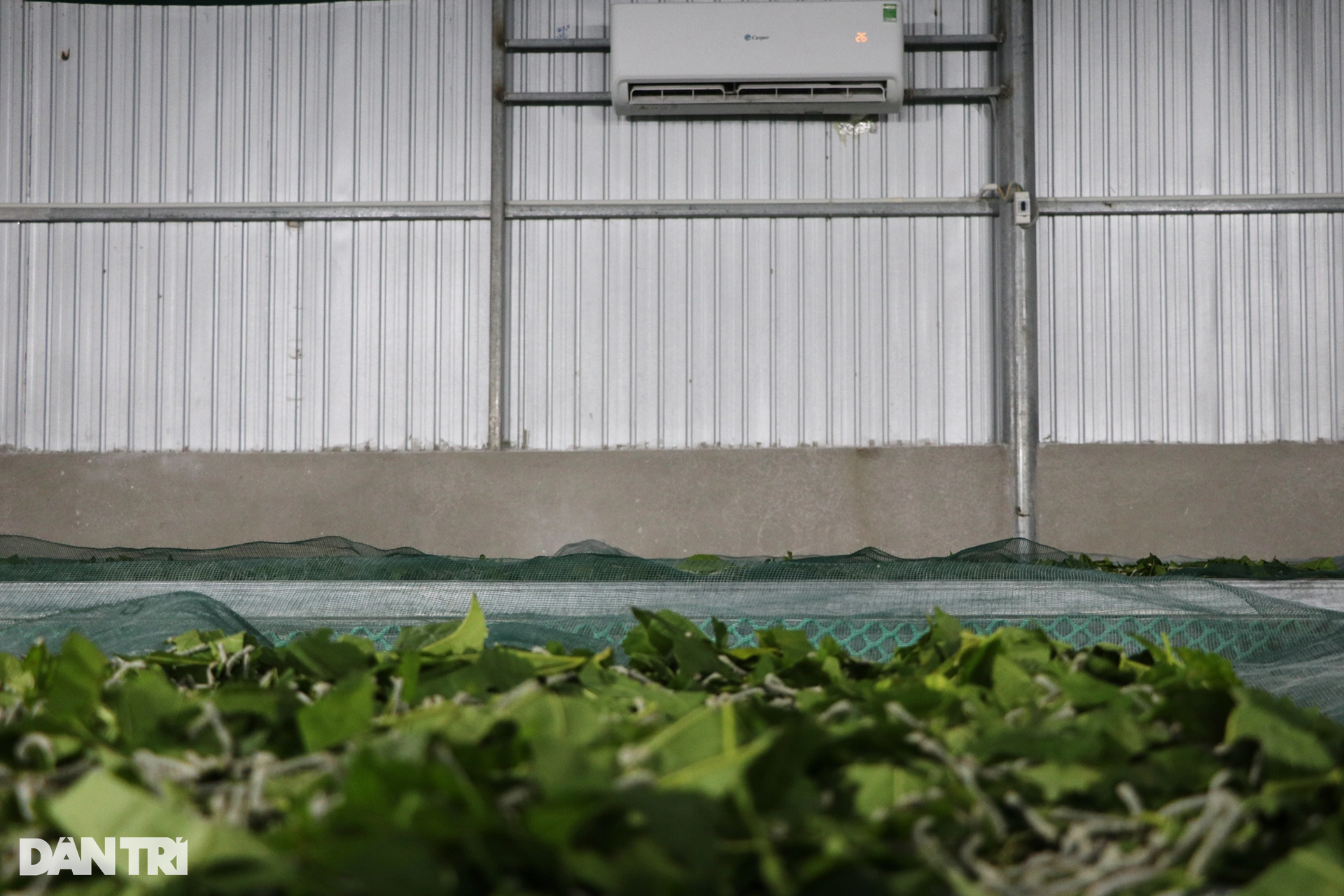
During this period, the temperature must always be maintained at 26 degrees Celsius. "In the summer, the average temperature in Nghe An is high, sometimes reaching 38-39 degrees Celsius. We have to install air conditioners for silkworms," said Mr. Dinh Van Thang - Dong Tien Mulberry Agricultural Cooperative.
When at age 5 (ie after 5 molts), the amount of nutrients taken into the body is enough, the silkworm will not eat anymore.
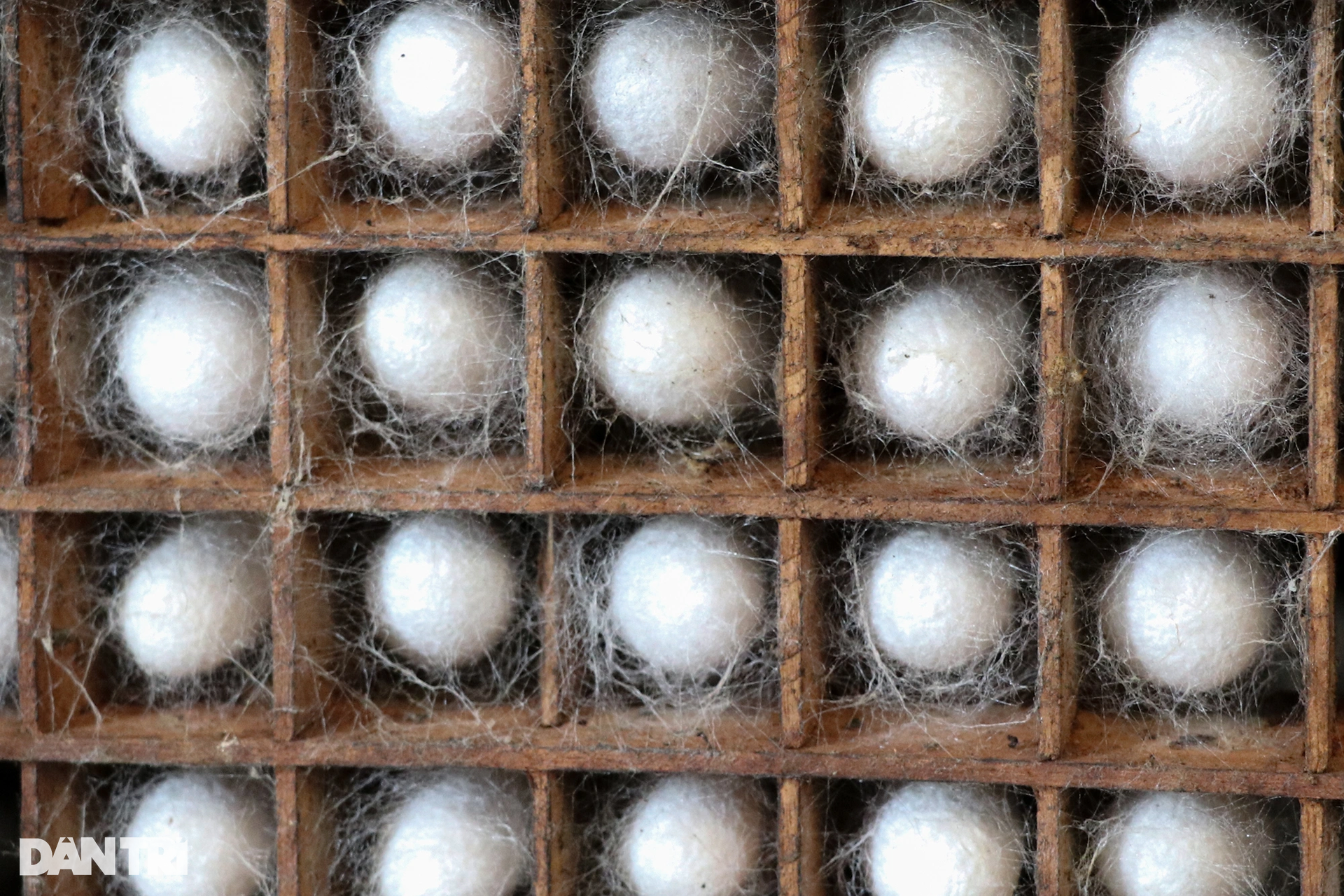
When the silkworms are "ripe", they will be put into wooden "nests" to make their own nests. Each silkworm will crawl into a cell, spin silk around it, forming a cocoon.
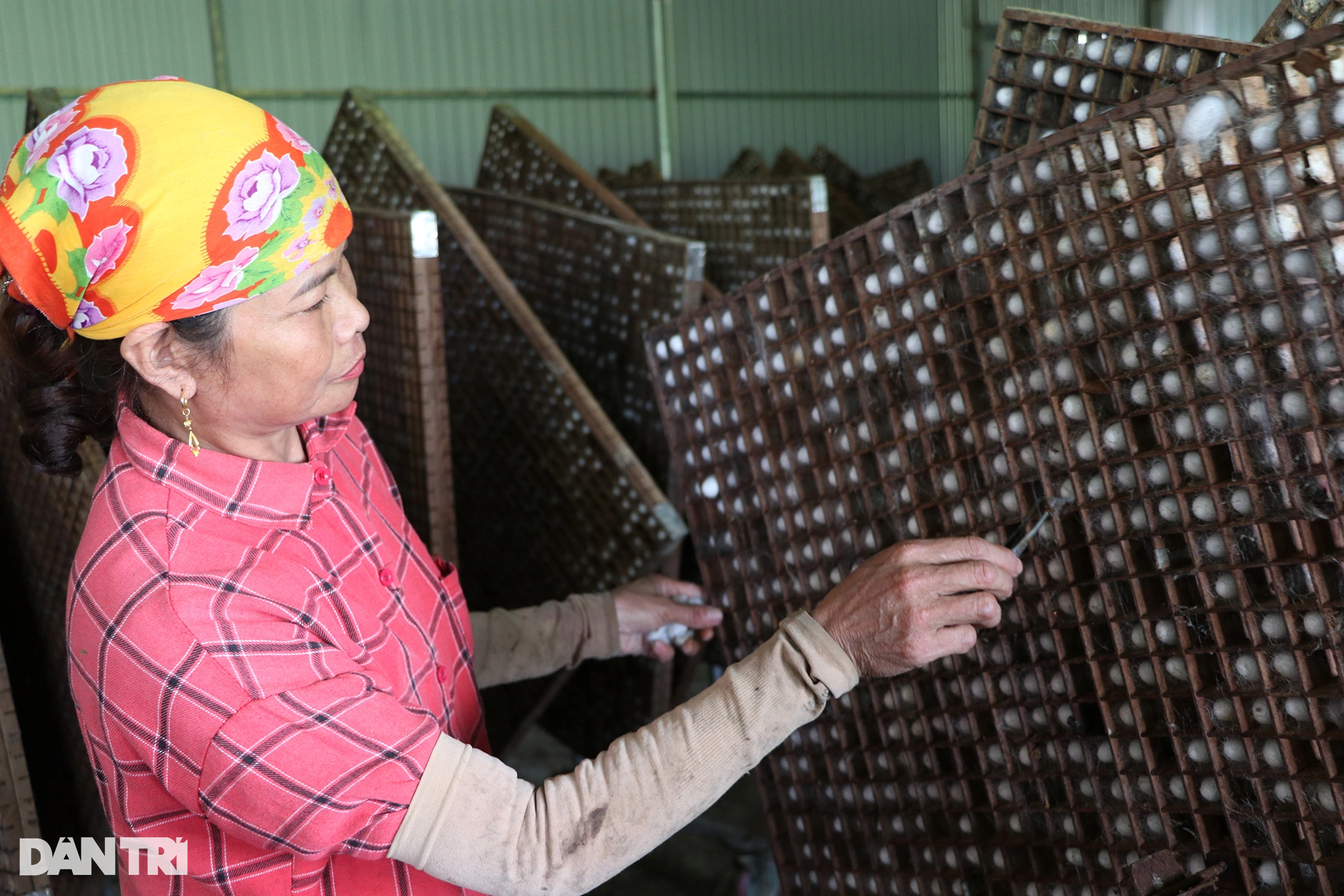
After the silkworms form cocoons, workers will remove the cocoons and send them to silk and fabric factories in Lam Dong and Ha Nam. On average, the cooperative exports 600-700kg of cocoons to factories each month. The pupae can be sold on the market as food at a price of 110,000-120,000 VND/kg.
Currently, the cooperative is creating regular jobs for 5 workers with a salary of 7-8 million VND/person/month and 20 seasonal workers.
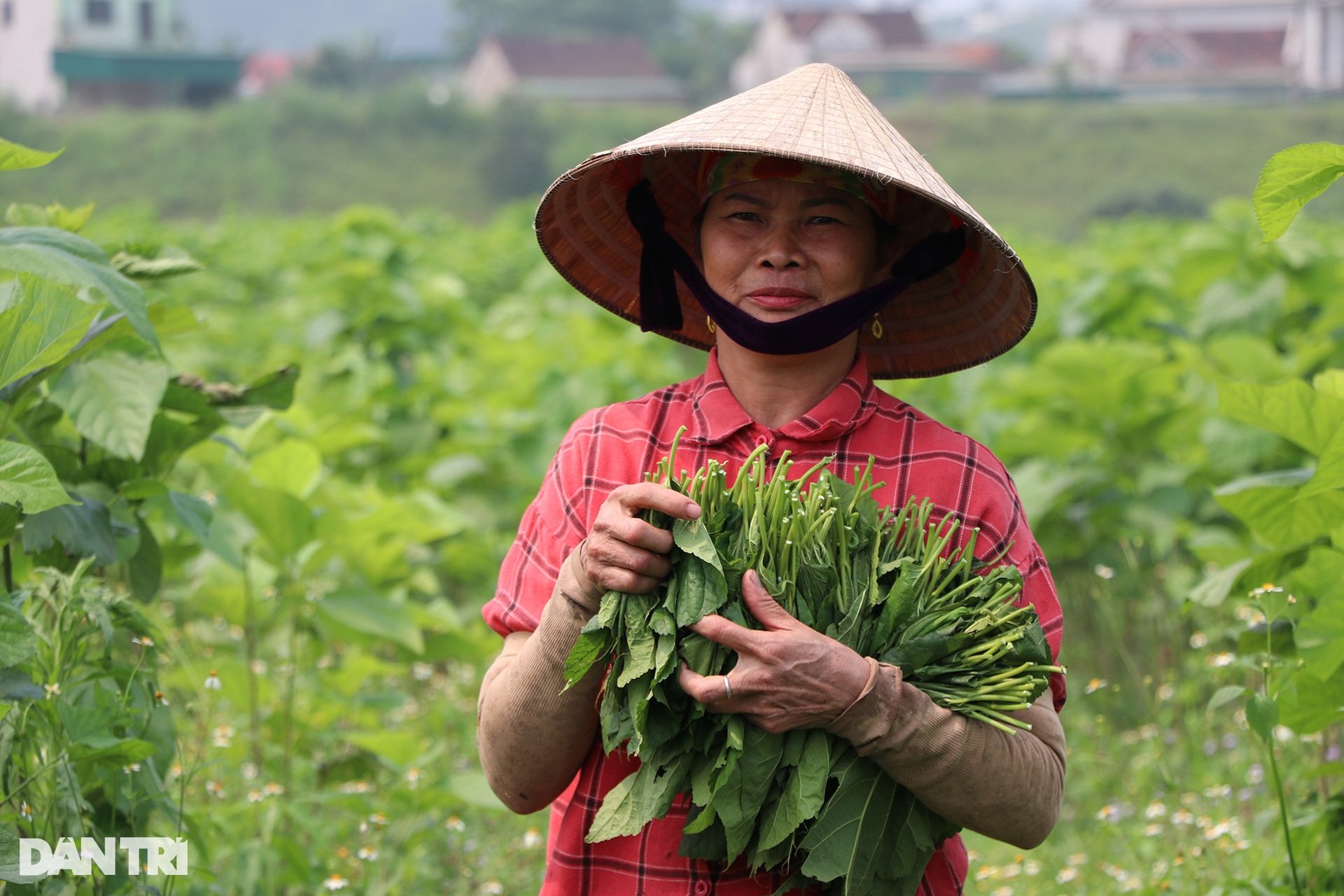
"We are currently piloting silk reeling to form a closed production chain from silkworm rearing, silk reeling, and weaving to increase economic value. When going into production, the most important thing is to stabilize the raw material area. We are planning to expand the mulberry growing area.
In fact, compared to other agricultural crops on the same area, mulberry trees have a value 2-3 times higher. In the development plan, we will persuade people to participate in growing mulberry, ensuring output so that people can feel secure in growing, thereby also stabilizing the source of raw materials for silkworm farming," Mr. Dinh Van Thang added.
Source


![[Photo] Conference of the Government Party Committee Standing Committee and the National Assembly Party Committee Standing Committee on the 10th Session, 15th National Assembly](https://vphoto.vietnam.vn/thumb/1200x675/vietnam/resource/IMAGE/2025/10/15/1760543205375_dsc-7128-jpg.webp)
![[Photo] Many dykes in Bac Ninh were eroded after the circulation of storm No. 11](https://vphoto.vietnam.vn/thumb/1200x675/vietnam/resource/IMAGE/2025/10/15/1760537802647_1-7384-jpg.webp)
![[Photo] General Secretary To Lam attends the 18th Hanoi Party Congress, term 2025-2030](https://vphoto.vietnam.vn/thumb/1200x675/vietnam/resource/IMAGE/2025/10/16/1760581023342_cover-0367-jpg.webp)
























![[Video] TripAdvisor honors many famous attractions of Ninh Binh](https://vphoto.vietnam.vn/thumb/402x226/vietnam/resource/IMAGE/2025/10/16/1760574721908_vinh-danh-ninh-binh-7368-jpg.webp)





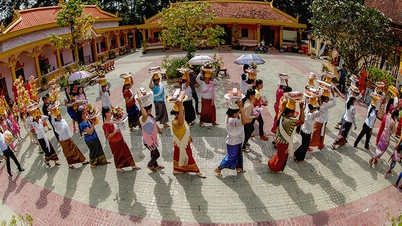

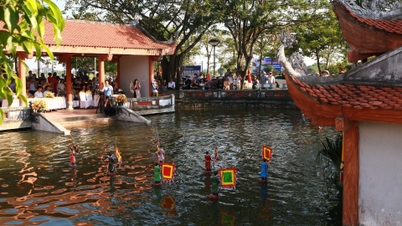




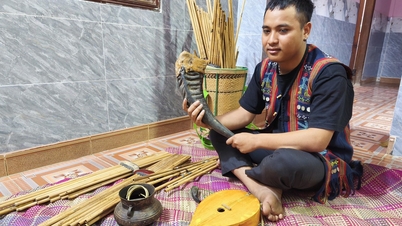
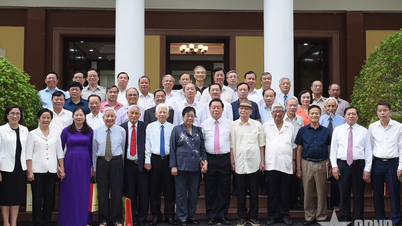





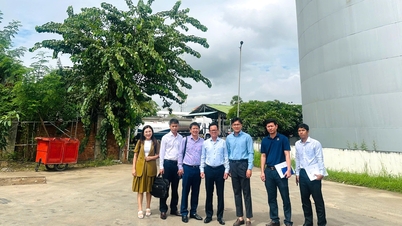
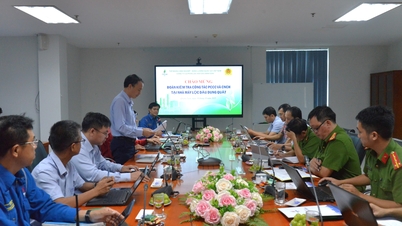














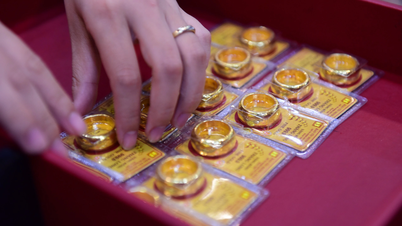












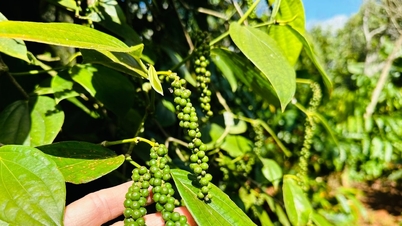

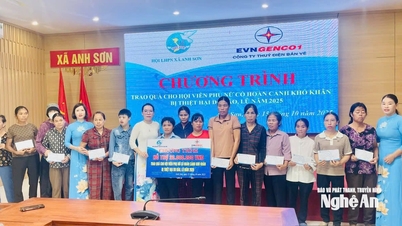

















Comment (0)